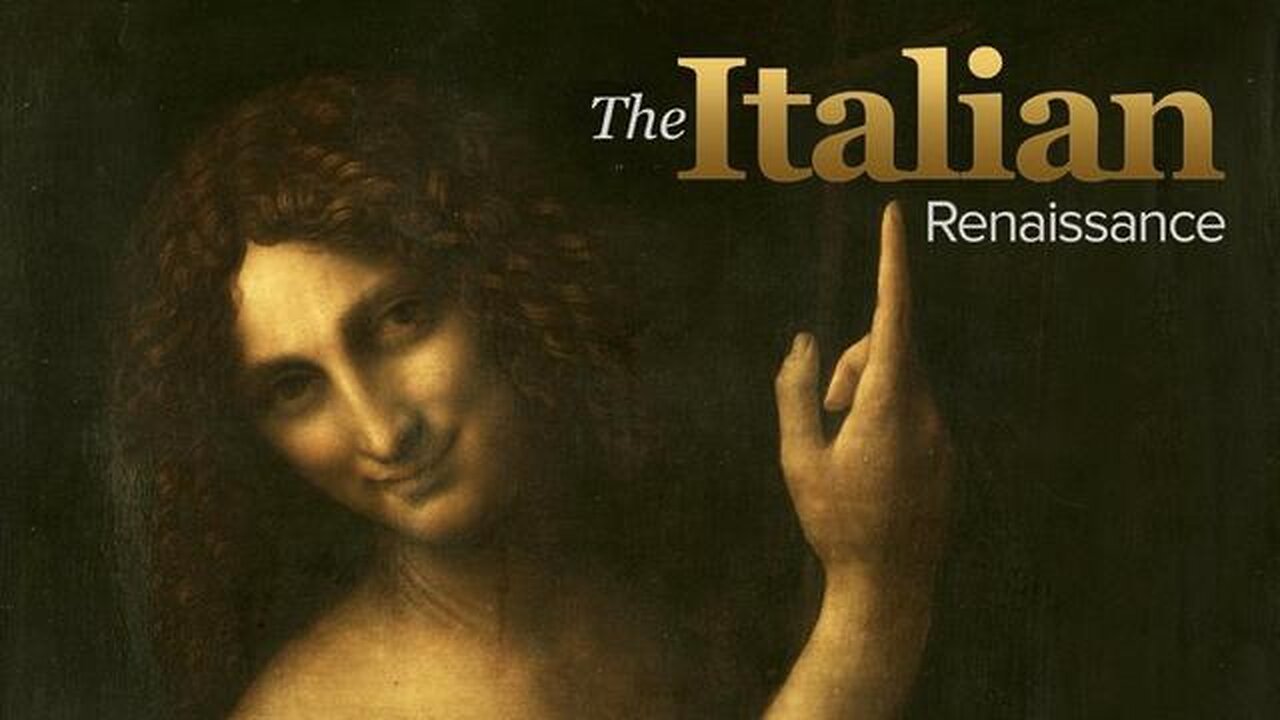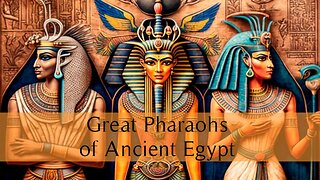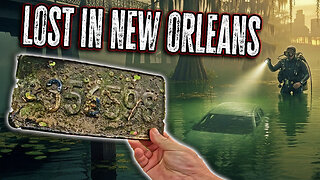Premium Only Content

The Italian Renaissance | Venice - The Most Serene Republic (Lecture 13)
Lecture 13: Venice, the other great republic in the peninsula, is a curious place. It was founded by Romans fleeing the barbarian invasions in the 5th and 6th centuries, seeking safety in the lagoons where the river Po meets the Adriatic. It was, therefore, not a Roman foundation and not originally an episcopal see. Its initial economy was fishing, which soon expanded to local and, eventually, long-distance maritime trade. The calling of the Crusades made Venice enormously rich and permitted the republic to become the most powerful maritime state in Europe and the richest city in the West. The social organization of the city resulted from its origins as well; fiercely independent, the inhabitants knew no prince or bishop but ruled themselves by choosing magistrates, who were seen only as primi inter pares, “first among equals.” At the end of the 7th century (697), the duke (doge in Venetian dialect) emerged as the elected head of state. In 1297, the system was codified in the Serrata (or closure of the Great Council) with the institution of legally defined classes. The Serrata limited membership in the Great Council, the source of political power in Venice, to families who had sat there previously and whose names were recorded in the Golden Book.
Thereafter, Venice was a republic of nobles whose economic and political interests were almost entirely associated with the success of the state. The city also avoided the factional crises of the other Italian states as the Guelf-Ghibelline struggle did not obtain. Moreover, the fear of the impoverished working class in cities, illustrated by the ciompi in Florence, was not present. The industrial workers in Venice were the skilled employees of the Arsenal, building the vast fleets for Mediterranean trade and protection, and the glass workers were equally privileged and well paid. Consequently, Venice was a stable and homogeneous society, divided informally by wealth and occupation.
Primary Source Texts:
D. Chambers, and B. Pullan, eds., Venice: A Documentary History, 1450 to 1630.
Secondary Sources:
D. S. Chambers, The Imperial Age of Venice, 1380–1580.
Robert Finlay, Politics in Renaissance Venice.
Supplementary Reading:
Frederic Lane, Andrea Barbarigo, Merchant of Venice, 1418–1449.
Lecture 14: https://rumble.com/v4xlh0q-the-italian-renaissance-renaissance-venice-lecture-14.html
-
 30:22
30:22
The Great Courses
1 month agoGreat Pharaohs of Ancient Egypt | Sneferu: The Pyramid Builder (Lecture 2)
129 -
 DVR
DVR
DLDAfterDark
7 hours ago $3.02 earnedGun Talk - Whiskey & Windage - The "Long Range" Jouney - After Hours Armory
17.6K1 -
 9:37
9:37
Film Threat
9 hours agoSHELBY OAKS REVIEW | Film Threat
7.74K6 -
 35:40
35:40
The Mel K Show
4 hours agoMel K & Dr. Mary Talley Bowden MD | Heroes of the Plandemic: Doing What is Right No Matter the Cost | 10-25-25
26K13 -
 3:06:20
3:06:20
FreshandFit
9 hours agoNetworking At Complex Con With DJ Akademiks
204K23 -

SpartakusLIVE
7 hours agoThe King of Content and the Queen of Banter || Duos w/ Sophie
34.8K1 -
 1:47:12
1:47:12
Akademiks
7 hours agoLive on complexcon
38.7K4 -
 3:07:36
3:07:36
Barry Cunningham
9 hours agoCAN PRESIDENT TRUMP STOP THE STORMS? ON AIR FORCE ONE | SNAP BENEFITS | MAMDANI | SHUTDOWN DAY 25
40.8K54 -
 13:38
13:38
Exploring With Nug
14 hours ago $7.99 earnedWe Searched the Canals of New Orleans… and Found This!
31.9K6 -
 13:36
13:36
Clintonjaws
1 day ago $33.34 earnedCBC 2024 Election Night - Highlights - This Is Priceless!
67.4K20